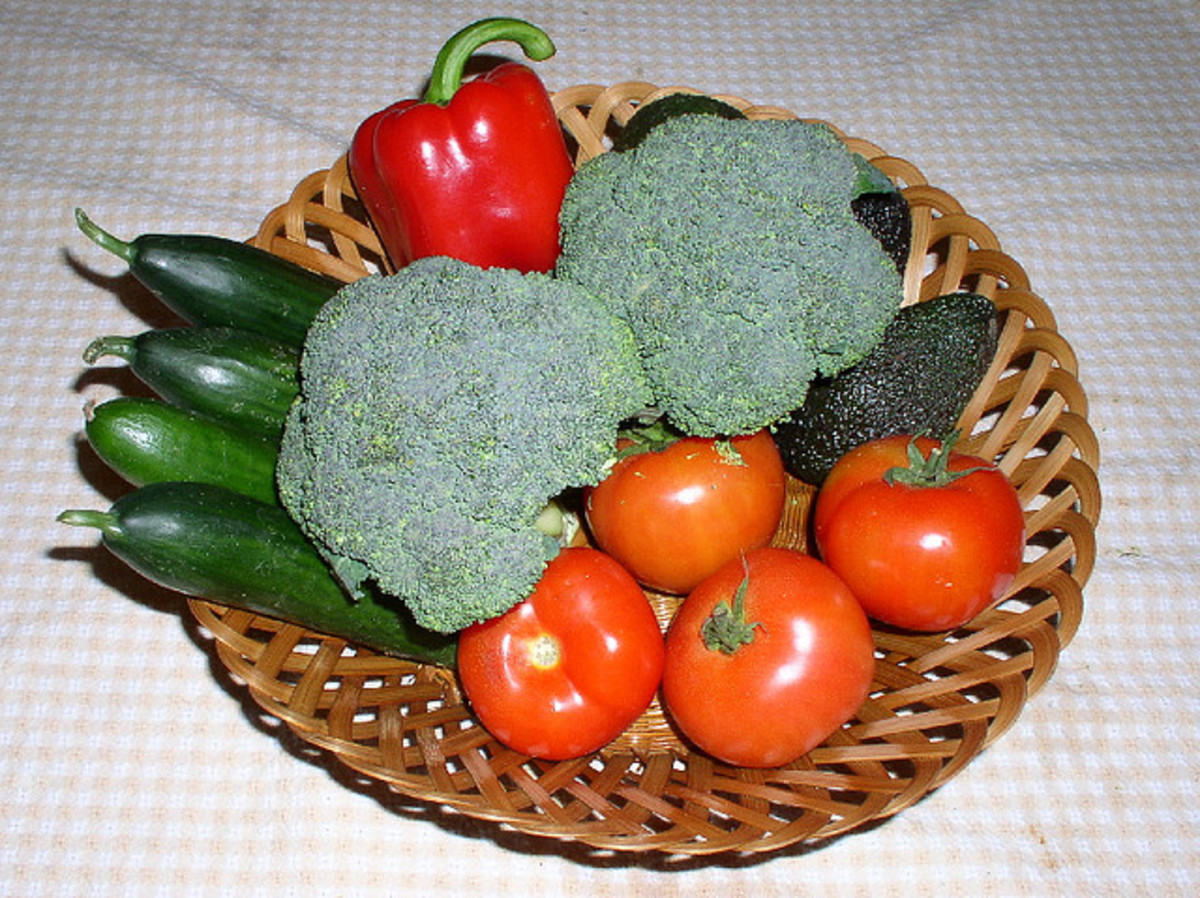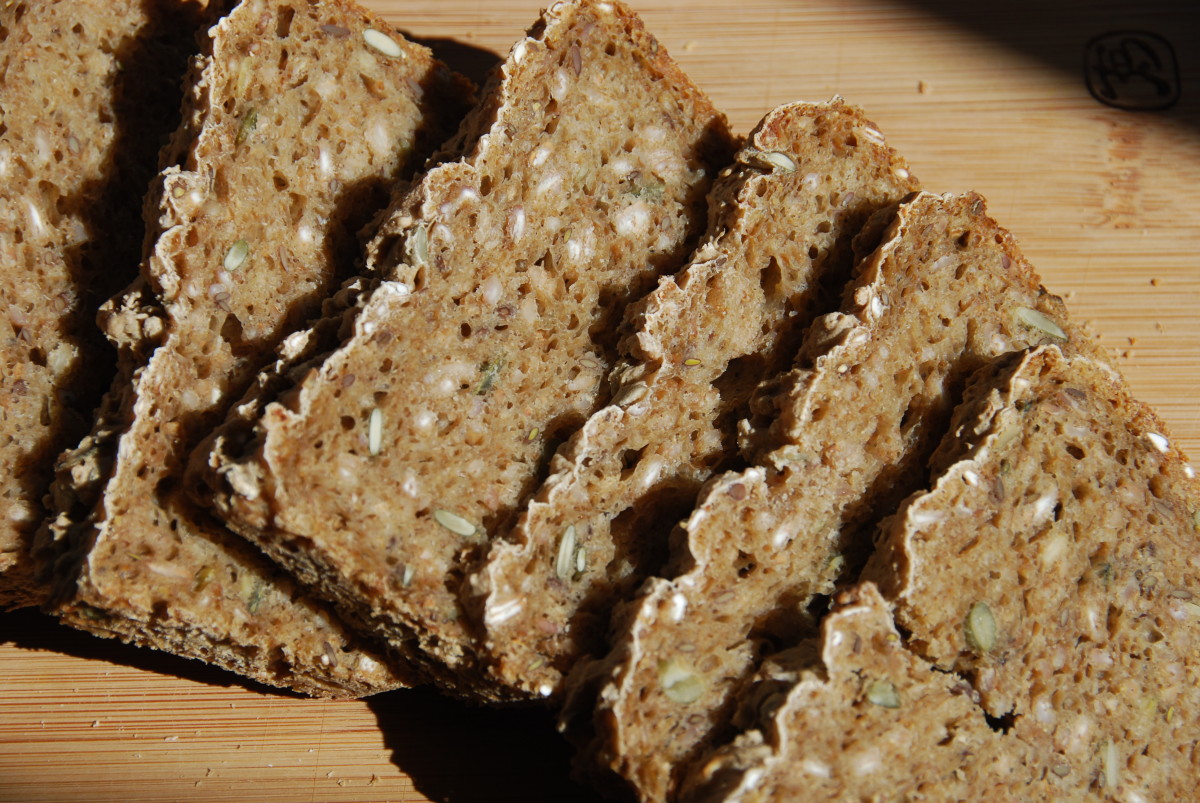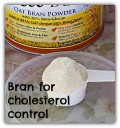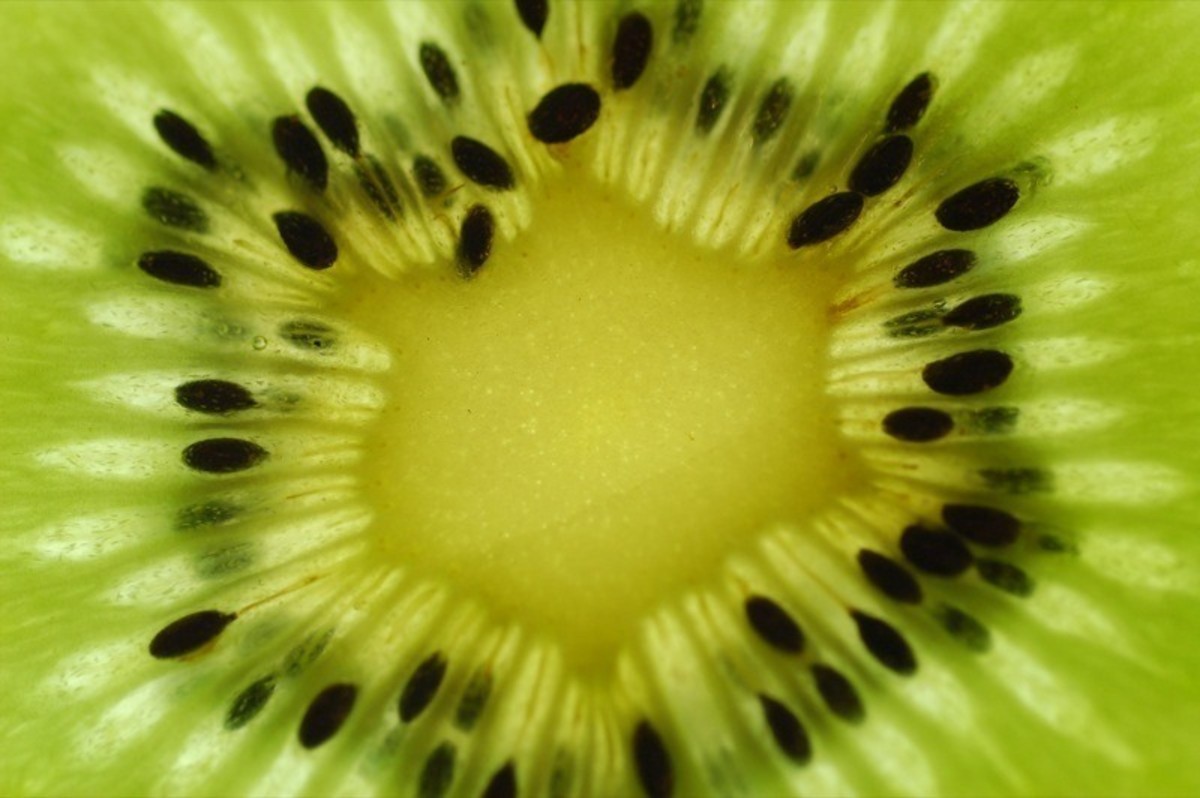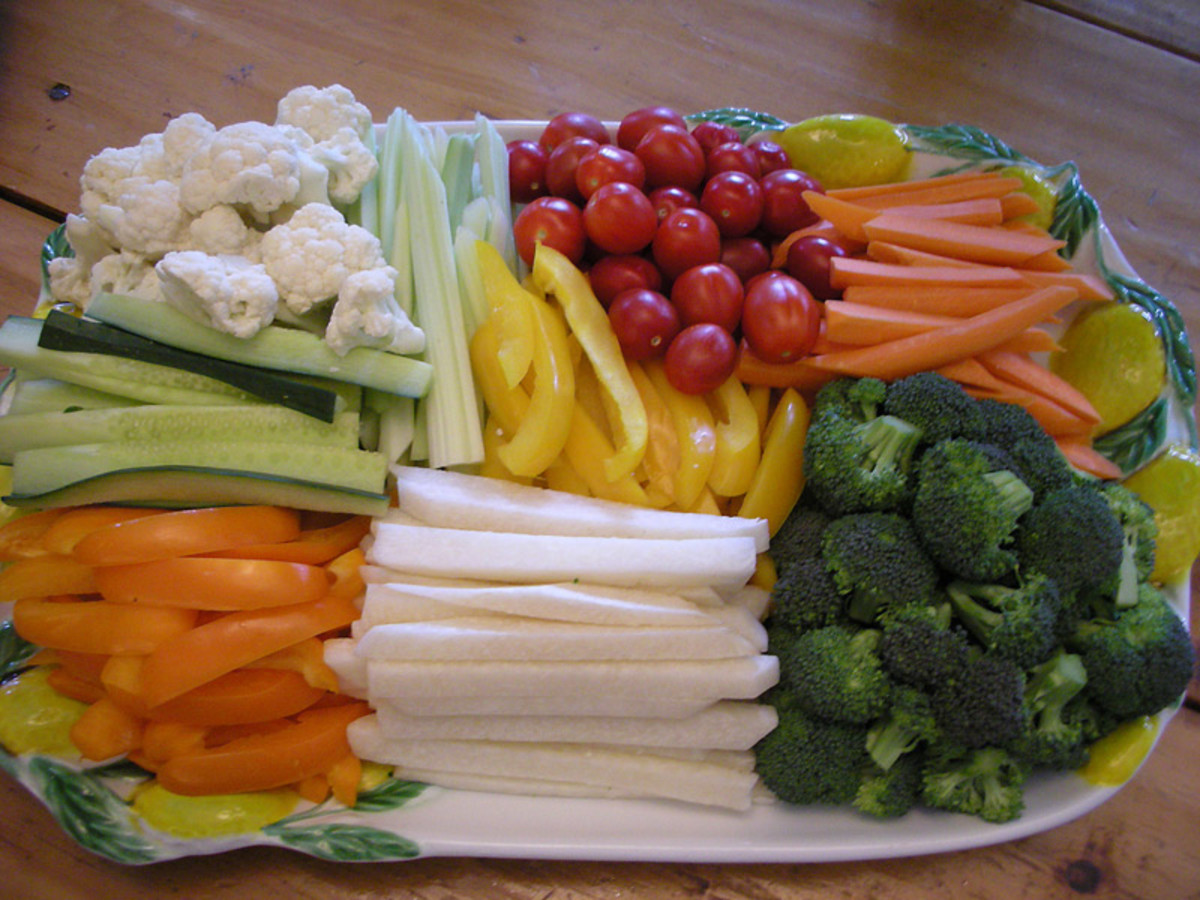All About Avocados
Have you ever heard about this fruit? I thought most of us know this fruit very well. This time I’ll talk about avocado. From several source on the internet, avocado is a tree native to Central Mexico. The avocado is native to tropical and subtropical regions of Central and South America. But we can still found avocado tree in warmer North American states like California and Florida. From outer appearance, it’s like a pear. That’s why many people called this fruit as alligator pear, due to its shape and the rough green skin of some cultivars. Avocados are cultivated in tropical and also Mediterranean climates throughout the world. From outside we can see a green-skinned and then avocado that ripens after harvesting. Most of avocados picked from the tree in an unripened condition. The flesh of a ripe avocado should be greenish-yellow to a deep yellow. Most of the consumers are urged to select avocados with a dark color and give a little pressed. For better serving use a knife to slash several vertical and horizontal lines on each side. What next? Just carefully scrape along the inner skin to release them.
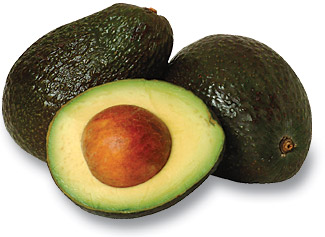
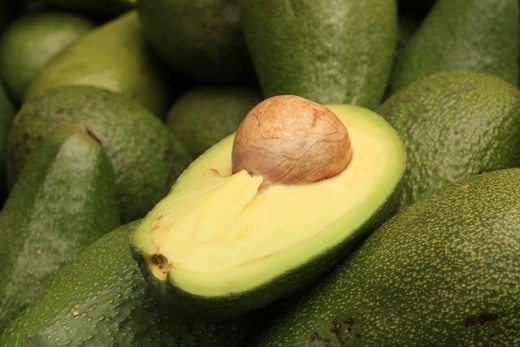
This fruit was found in Mexico around 10,000 BC. The plant was introduced to my country (Indonesia) in 1750, introduced to Brazil in 1890, the Levant in 1908, Australia and South Africa in the late 19th century. Actually the name of “avocado” comes from the Spanish aguacate. But I found another information, it said that the “avocado” word come from ahuacatl, an Aztec language. Even the Aztecs called this fruit as 'the fertility fruit'. This fruit is originated from the area where the Aztec tribe, originated in Central America and Mexico. Initially the fruit was introduced by Martín Fernández de Enciso, one of the leaders of the Spanish troops, in 1519 to the people of Europe. At the same time, the Spanish troops who invaded Central America also introduced the cacao, corn and potatoes to the European community. Since that time avocado was began spread and known by many people in the world. In some countries like Bolivia, Peru, Argentina, and Uruguay called this fruit “palta”. Abacate is the name of avocado for Spanish-speaking countries, Mexican, and Portuguese. Indonesian people called this “alpukat”.
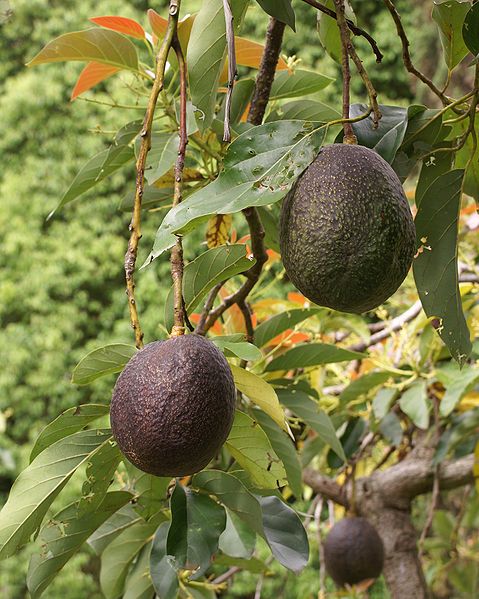
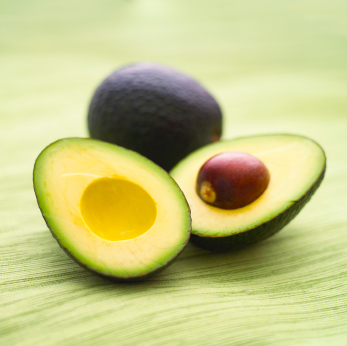
Avocado nutritional information
Avocado has a very high nutrient content. Avocados at least contain 11 vitamins and 14 minerals that are useful for our health. Avocados are rich in protein, riboflavin (vitamin B2), niacin (vitamin B3), potassium, folic acid, and vitamin C. Avocados also provide nearly 20 essential nutrients. This fruit also act as a "nutrient booster". Avocados work by enabling the body to absorb more fat-soluble nutrients, like beta-carotene. Avocados also contain high fat. But don’t be afraid because the fat in avocados is similar to the fats in olive oil is very healthy. Fats substance in avocados is like unsaturated fats that have a positive impact in the body. Fat in avocados is also used in making soap and cosmetics. Nutritional value per 100g of avocados, like: 8.53 g carbohydrates, 0.66 g sugar, 6.7 g dietary fiber, 14.66 g fat (2.13 g saturated, 9.80 g monounsaturated, 1.82 g polyunsaturated), 2 g protein, 0.067 mg thiamine (vitamin B1), 0.130 mg Riboflavin (vitamin B2), 1.738 mg niacin (vitamin B3), 1.389 mg Pantothenic acid (vitamin B5), 0.257 mg Vitamin B6, 81 μg Folate (vitamin B9), 10 mg vitamin C, 12 mg calcium, 0.55 mg iron, 29 mg magnesium, 52 mg phosphorus, 485 mg potassium, and 0.64 mg zinc.
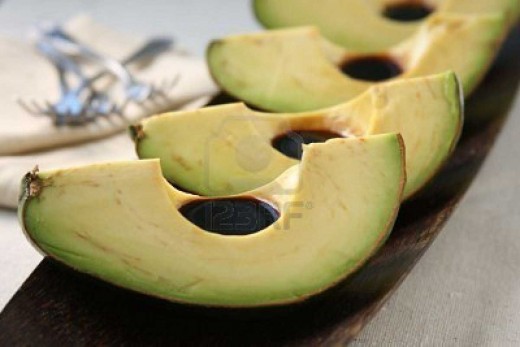
Avocados substance related with health
- Vitamin E and Vitamin A. Vitamin E is known as the vitamin that is useful for smoothing the skin. The combination between vitamin E and vitamin A are very useful in skin care. These substances work to make the skin supple, remove wrinkles, makes skin look young and fresh.
- Potassium. Potassium inside an avocado can reduce depression, prevent the deposition of fluid in the body and it can lowering blood pressure.
- Unsaturated fats. This type of fats are useful for lowering blood cholesterol (LDL), which means it can prevent stroke, high blood pressure, cancer or heart disease. Unsaturated fat in avocados is also easy to digest by the body to provide maximum results. Unsaturated fat in avocados also contain anti-bacterial and anti fungal.
- Oleic acid. Oleic acid is a powerful antioxidant and it has a function to capture free radicals in the body due to pollution. Free radicals in the body will cause a variety of health complaints.
- Vitamin B6. This type of vitamin is believed to relieve pre-menstrual syndrome that generally affects women every month.
- Iron. This substance is required in the regeneration of the blood and preventing anemia.
- Minerals and zinc. These substances are useful to relieve high blood pressure, monitoring heart rate and maintaining nerve function.
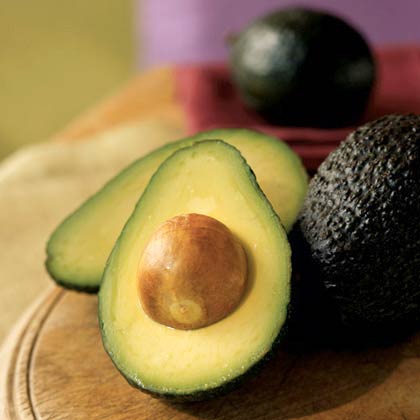
Avocados and cardiovascular disease
Cardiovascular disease is one of leading cause of death in the United States and most of countries in the world. But we can reduce the risk of cardiovascular disease by healthy diet and exercise plan. Even a trusted organization namely The American Heart Association (AHA) Dietary Guidelines recommend special diet that has at least five servings of fruits and vegetables. This diet contains up to 30% of calories from fats (especially unsaturated), cholesterol, trans fats and sodium.
The first step in lowering the risk of heart disease are knowing which fats raise LDL (bad) cholesterol and which ones don't. Low-density lipoprotein (LDL) is known as "bad" cholesterol. But High-density lipoprotein (HDL) is known as "good" cholesterol. Avocado itself is known as one of the few fruits that provide "good fats" by providing 0.5 g polyunsaturated fat and 3 g of mono and per 1 oz. serving. That’s why the American Heart Association (AHA) said that avocados meet the dietary guidelines.
Avocado also proven effectively in preventing hypertension, helps facilitate blood flow and even prevent several diseases such as allergies and digestive disorders. Diabetics are very limited in choosing the food menus, avocados can be used as part of the diet. Because avocados contain little sugar, but there are a lot of cellulose fibers.
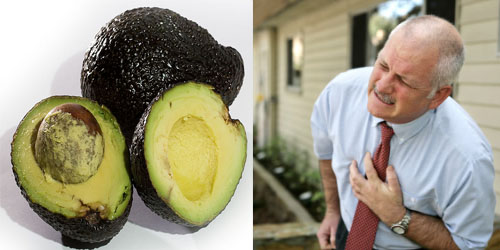
Avocado for dry hair and hair loss
If your hair is dry and fall off then you can handle it with avocado. You can try natural recipes by used avocado and coconut milk as a conditioner for dry hair type. Because both are rich with oil content and other vitamins, like vitamin B6, vitamin A and vitamin E. With so many benefits, we can use the double combination between avocado and coconut milk as a resource that will treat the hair. The substances in avocados were also able to stimulate hair growth. If you want to try, there's a simple way to get this natural conditioner.
The material you need is an avocado that has been peeled and has been crushed. Then prepare enough the coconut milk. Mix the avocado and coconut milk until the texture "thickens" looks like shampoo. Then apply little by little onto your hair by combing throughout the hair. Leave for 10-15 minutes, then rinse until clean.

Benefits of avocado for pregnant women
Avocado can also be felt for mothers who are pregnant. In early pregnancy, the fetus is in great need of adequate folic acid. When the pregnancy mother check to the doctor, the doctor always recommend nutritious foods during pregnancy (even before the pregnancy occurred). Maternal milk also includes folate. Folic acid is very important because it greatly affects the formation of brain function, nerve and bone marrow for the baby. If omitted, the risk of babies born with disabilities is very high. For pregnant mom, avocado fruit is useful for the digestive tract (prevent constipation).
Folic acid or vitamin B9, part of the vitamin B complex. This vitamin helps the body in producing and maintaining the perfection of DNA (Deoxyribose Nucleic Acid) and RNA (ribonucleic acid), the body's genetic material. The fat content in avocados can be 20-30 times more than other fruits. But keep in mind, the fat contained in avocados are “good fat”. Monounsaturated fats are have function to help reduce the level of LDL cholesterol (bad cholesterol) and raise HDL cholesterol (good cholesterol).
Avocados are the only fruit that contains monounsaturated fatty acids. For pregnant women who need fat for energy producers. In addition, the avocado fruit is also the most rich in folic acid. According to Prof. dr. Joseph Hersh from the Medicine Faculty, University of Louisville, Kentucky, USA, trimester I is the formation of the fetal central nervous system, including brain and spinal cord.
Research in 1991 also found an association between folic acid and birth defects. Folic-acid deficiency also affects the formation of brain function, nerve, and bone marrow-turns. An avocado contains 114 micrograms of folic acid. This amount is sufficient to meet the 30% requirement of folic acid for pregnant women. Requirement of folic acid recommended for pregnant women every day, about 600 micrograms, 500 micrograms of breastfeeding mothers, as well as adult women 400 micrograms. In addition to folic acid and fats, avocados contain fiber that can help prevent constipation that is often experienced by pregnant women.
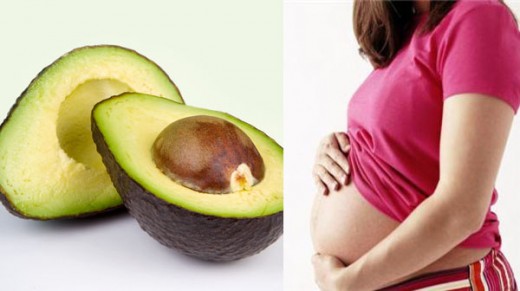
The benefit of Avocados for skin
Avocados also useful for health skin, especially for skin that tends to dry in order to be moist. Avocado can stimulate the formation of collagen tissue, because it contains various vitamins which are needed by skin. There’s a simple herbal recipes for the beauty of the skin. We can make a mask from avocado. Simply take ½ ripe avocado, crush this manually and mix with honey. And then apply to the face and wait a while at least 10 minutes or until it dry. Then rinse the face.

Avocados for babies
The benefit of avocado for infants has been recommended by doctors and nutritionists. The provision of avocado as supplementary food beside mother's milk can be started to infants aged 6 months upwards. Avocado is a safe fruit, like bananas and oranges. Nutritional content inside avocadoes are quite high. Avocados also contain vitamins and minerals. Nutrients in avocados can meet the needs of the baby. There are about 11 vitamins and minerals, such as: vitamin A, vitamin B2, vitamin B3, vitamin C, vitamin E, minerals potassium, iron, sodium, phosphorus, manganese, folic acid, cellulose fibers.
Way of presenting
Avocado can be served without any additional material. Select a fairly mature avocado, halved, seeded. Grab the fruit with a spoon. Filtered by used a fine filter to separate the fiber. If we want to give a taste, we can add honey. Avoid other sweetening material. We can add breast milk, blend it until reaches the desired consistency. We can add potatoes or steamed pumpkin that has been cooked before.

Mango and cuisine
The avocado is very popular as vegetarian cuisine. We can usually found this in salad and sandwich. It can be used as the base for the Mexican dip, we can called this as guacamole. Avocados often used for milkshakes and occasionally added to ice cream and other desserts. We can found this in Indonesia, Brazil, Philippines, southern India (Kerala and Karnataka region), and Vietnam. How to make this milkshake? avocado's milkshake is made with pureed avocado, sugar, water, and we add chocolate milk. The color was so beautiful and really mouth watering. In New Zealand and Australia, it is often served in sandwiches, sushis, or with chicken. In Ghana, it is just eaten alone with the slice of bread. If we often make mashed potato, but it different in Sri Lanka because ripened flesh mashed with sugar and milk. Or we can consume this with cassava or regular bread, this menu is available in Haiti for breakfast. In Mexico and Central America, avocados are served with salad, white rice, in soups or beside meat and chicken. Avocado slices are often added into hot dogs, hamburgers, carne asada and tortas. Have you ever eaten the Californian Rolls? Because the key of this food is by combining avocado with eggs, like: omelettes, scrambled eggs, or tortillas.
El tango guacamole
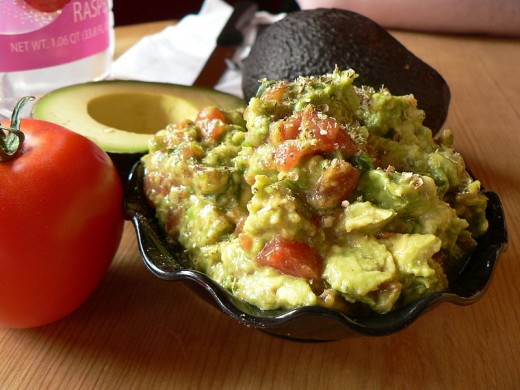
Avocado Foccacia
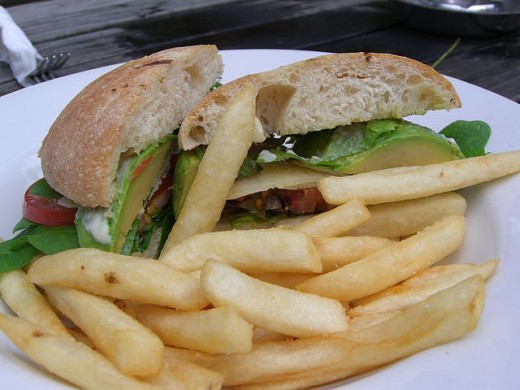
California club pizza
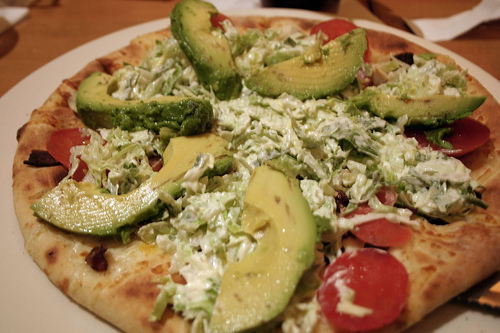
Avocado Deluxe Salad
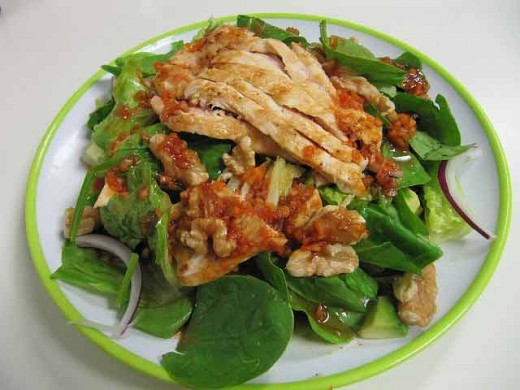
Avocado Juice
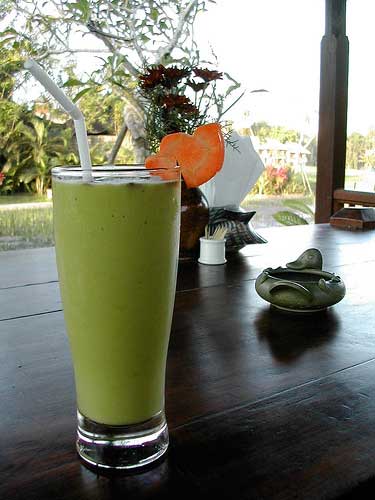
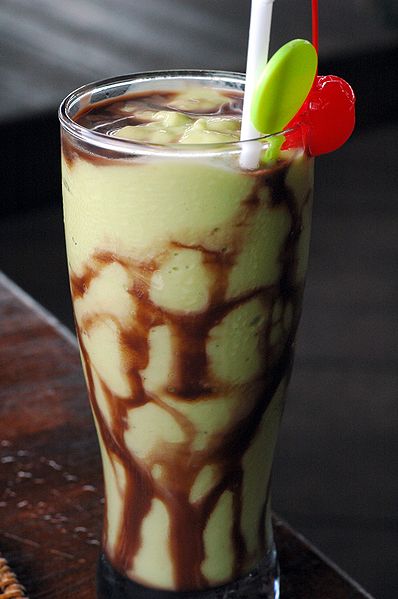

"Avocado" Pocket Sandwiches
Ingredients:
- 1 avocado and peeled
- 1/2 cup chopped cauliflower
- 1/2 cup chopped cucumber
- 1/2 cup sliced mushrooms
- 1/2 cup chopped carrots
- 1/4 cup bottled Italian dressing
- 1/2 cup chopped tomato
- 1 teaspoon lemon juice
- 1/2 cup cheese
- 4 pita breads
Instructions:
- Cut half the avocado and make it into a dice. Reserve other half.
- Gently toss diced avocado, carrot, cauliflower, cucumber, mushrooms, and cheese with Italian dressing.
- Slit pita breads. Separate halfway around by pulling edges apart to form a pocket. And then fill each with 1/4 of the mixture.
- Mash the remaining of avocado with fork and stir in tomato and lemon juice. Take a spoonful inside each sandwich.
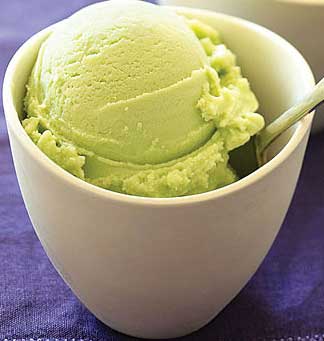
Avocado ice cream
Ingredients:
- 2 ripe avocados, peeled, seeded, and sliced
- 3 egg yolks
- 4 cups whipping cream
- 1/4 cup sugar
- Tablespoons light rum or tequila
- 2 tablespoons of purpose flour
- a little salt
- 1 teaspoons vanilla
Instruction:
- Combine the avocados and 1 cup of the cream in the food processor or we can use blender.
- Add the rum or tequila and whirl until smooth. Refrigerate for almost 2 hours.
- Beat the egg yolks with 1 cup of the cream.
- In a saucepan, combine the sugar, flour, and salt and whisk it until blend perfectly. And then slowly whisk in the remaining 2 cups of cream.
- Stir over medium heat until slightly thickened.
- Whisk half the hot mixture into the egg yolks.
- The next step is pour the mixture into the saucepan and stir over medium heat for about 1 minute.
- Remove from the heat and then stir in the vanilla. Refrigerate for almost 2 hours.
- Combine the avocado mixture and the egg yolk mixture in ice cream machine and process according to the manufacturer's instructions.
Please enjoy the video below!
Please notice this!
Avocado leaves, skin, bark, are documented to be harmful to animals. Such as: dogs, cats, rabbits, cattle, birds, rats, fish, and horses. The part of avocado plants can be harmed or even killed when these animals consume them. Because avocado's leaves contain persin, a toxic fatty acid derivative can cause equine colic if the avocado leaves consumed in sufficient quantity without veterinary treatment. How about human? Negative effect for human just an allergic individuals. But most of them are free to consume without any side effect.

